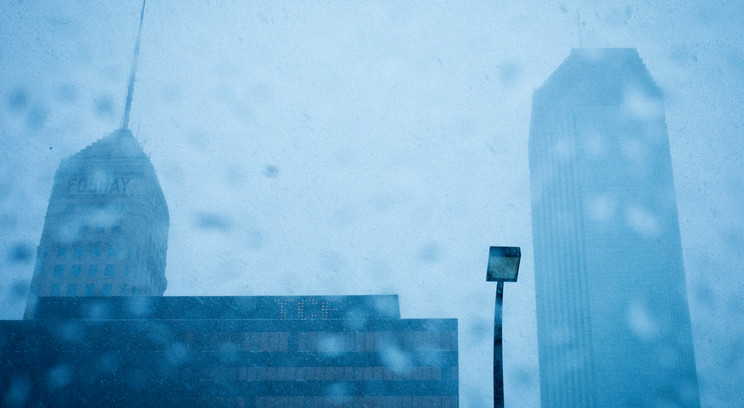Riding out the storms
This has been “The Winter of Our Discontent” for the eastern two-thirds of the country to quote Shakespeare and Steinbeck. Here in the Twin Cities we have had more than 40 sub-zero mornings, the south has had numerous ice storms, and the area from D.C. to Maine has had at least one snowfall of a foot or more. This has resulted in propane shortages and a run-up of prices, trees down with resultant power outages and damaged homes, cars damaged and abandoned on roads, schools and businesses closing, etc. I think enough is enough! Unfortunately for retailers they need to continue to ride out the storms.
Retail sales are a barometer of how customers “feel” about their personal situation and what is going on around them. Disruptors include economic events such as the recent financial crisis, wars like the Second World War, natural disasters like the Japanese tsunami and, of course, the weather like this year’s winter. Let’s examine how weather impacts consumers, retailers and the economy.
Harsh cold in the northern states and ice and snow in the South, Middle Atlantic and New England states has resulted in significant retail sales disruptions. Consumers stock up on essentials like groceries, water, gas and other goods to deal with the coming weather. During inclement weather consumers may postpone many purchases. Enter the Internet and online shopping! Shut-in shoppers can go to the internet to shop for things they planned to purchase in stores like clothing and home goods or simply out of boredom by being shut in. After the weather event has passed, consumers resume their “normal” shopping routine and plans.

Professor Dave Brennan
How do retailers fare with winter events? Some, like restaurants and entertainment, are hit the hardest. Lost sales are often nonrecoverable. Many stores lose out to online retailers. Others, like hardware and home improvement stores sell more things like shovels, snow blowers, roof rakes, and salt. Weather events deplete retailers’ inventory quickly for such items except for the nimble and resourceful retailers that anticipate the event and lay-in extra supplies or have access to suppliers that they can tap into quickly. This is where small businesses shine.
This winter is having a profound impact on the economy. We have had 15 major storms so far, including the polar vortex event that only occurs about once a decade. Retail sales are off, schools and businesses have closed, transportation has been disrupted, power has been out over wide areas for extended periods, and there has been extensive damage to homes, commercial building and cars. Retail sales were down 0.4 percent in January compared to an increase of 0.2 percent in December as reported by the Census Bureau. Most of the blame is going to the weather. This may not sound like much, but if you are in the path of several storms, your sales were down a lot more. Hardest hit retailers – those who sell discretionary goods – were autos, department stores and sporting goods. Furniture, clothing and restaurants also were down. Building supplies and food stores increased.
So much for the bad news. Winter will retreat … sometime, and with it the economy and retail sales will normalize with little impact overall. Unfortunately, those who lost power for extended periods of time, paid more for heating or suffered losses from damaged or destroyed homes and cars will be negatively impacted for some time. City and state governments will spend more for snow removal, salt for ice abatement and overtime pay. The snow and ice that hit the South and Middle Atlantic states has been particularly devastating. A harsh winter with limited capabilities to cope with the weather will long be remembered.
Let’s take a vote: Isn’t it time for winter to be over? My vote is YES!
Dave Brennan is a professor of marketing and co-director of the Institute for Retailing Excellence in the Opus College of Business at the University of St. Thomas. He specializes in retailing, especially discounting, shopping centers and consumer behavior; research and planning for cities, suppliers and retailers; and economic impact analyses.







